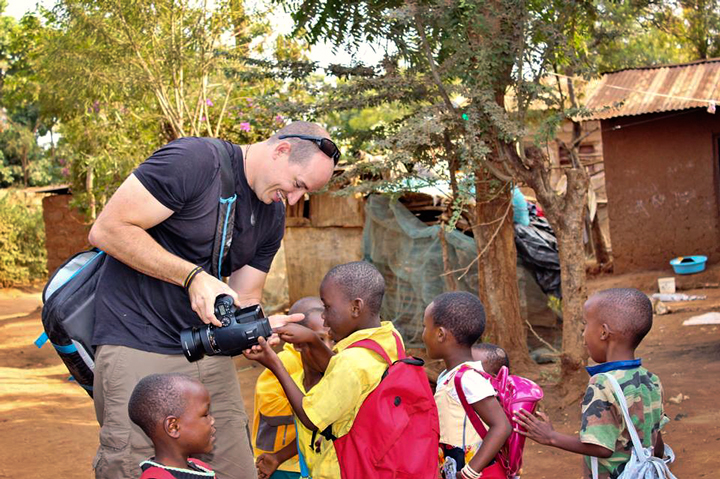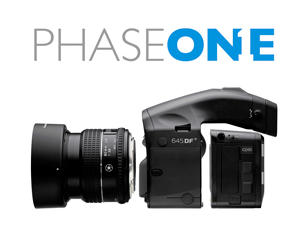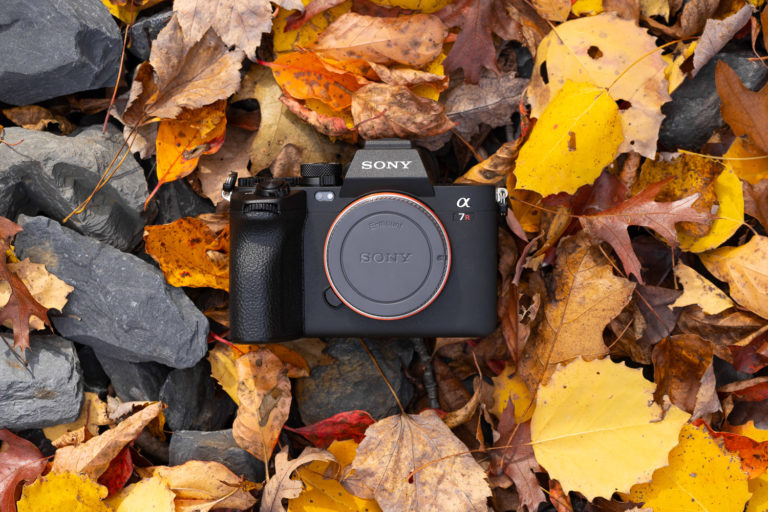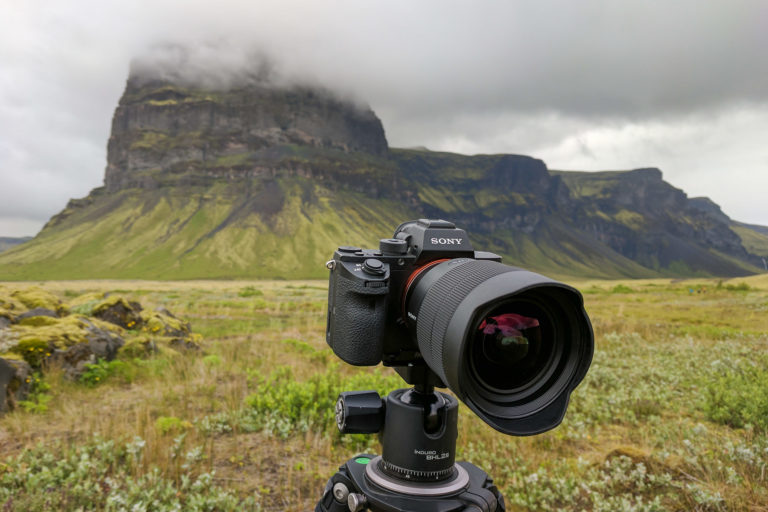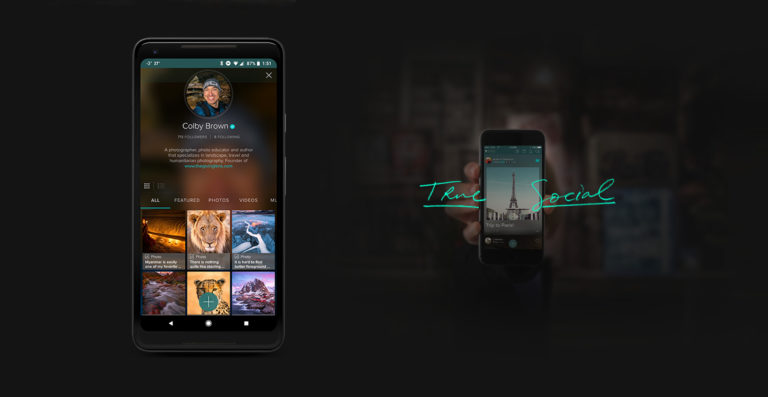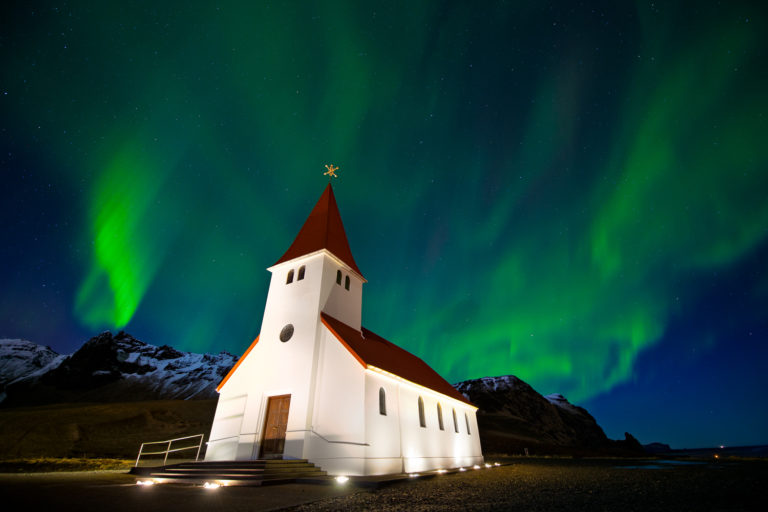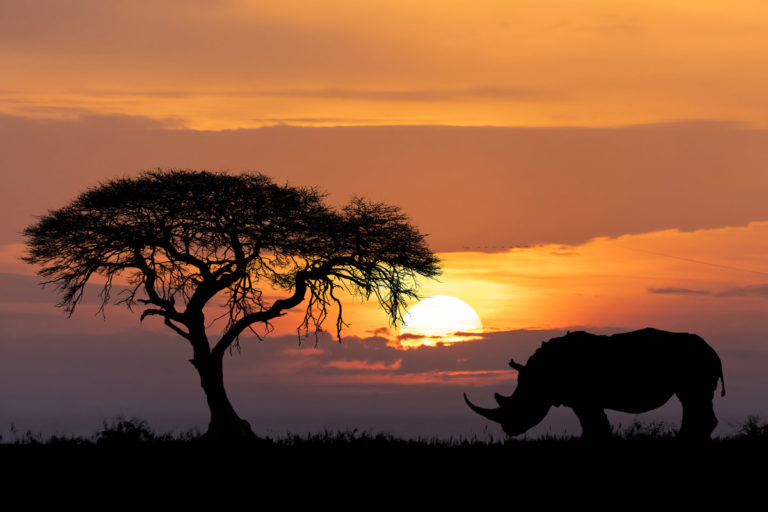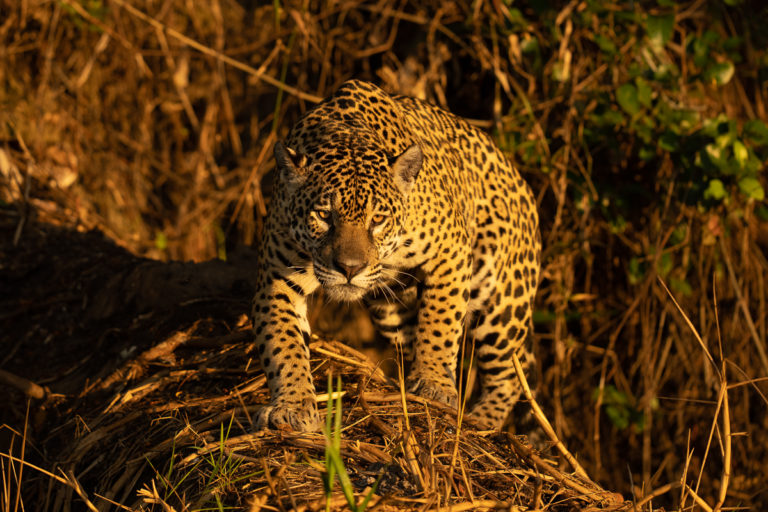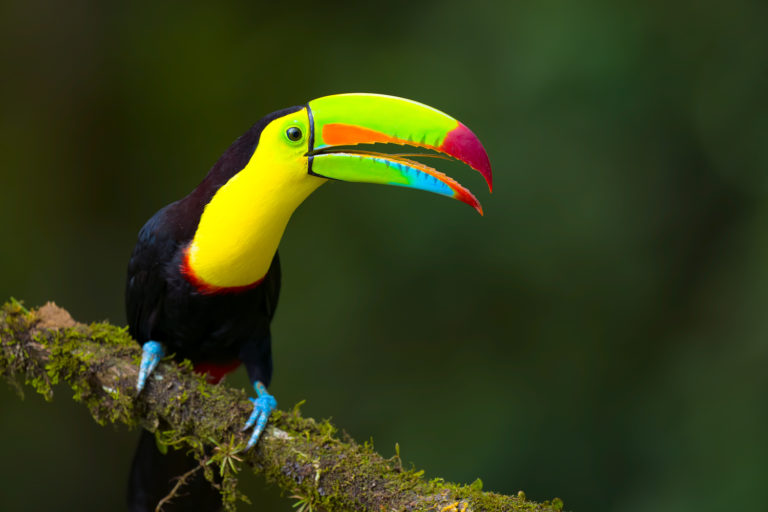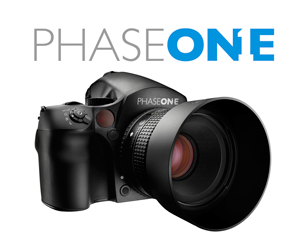
As many of you know, I enjoy the business side of photography almost as much as the creative hands on time I get with my cameras year after year in some of the most amazing locations on this planet. Through this combined love of what makes photography special and unique to me, I have found myself working hard over the last 8 years to make in-roads and find collaborative points of interest and synergy between the work I do and the companies I admire and respect throughout the photo industry. It is for these reasons that I wasn’t surprised to hold a key meeting with the head Marketing Director of Phase One back in May to discuss the idea of working together on a number of projects.
While I initially got into photography because of my love of travel and soon found myself enthralled by the solitude of nature and landscape photography, it has been my humanitarian work as a photographer that has truly helped me separate my name and brands from others in what many would consider a crowded photo industry. In 2010 I founded my first humanitarian focused photography company, The Giving Lens. The idea is simple, to blend photo education and support for sustainable development initiatives (NGOs) in developing countries. We take teams of photographers from all over the world to unique destinations with the idea of both furthering their photographic skill sets while also helping to fight for various important causes, such as clean; drinking water projects, child education, women’s rights, species preservation and more. When I met with Phase One back in May, both of us had TGL (The Giving Lens) in mind. Before I knew it, I was off to east Africa with Phase One’s brand new 60mp IQ260 to spend a month documenting various projects around Tanzania (with the NGO Art in Tanzania) as well as work with the famous nomadic warrior tribe known as the Maasai.
How did the IQ260 handle the challenges of working in remote parts of east Africa? Lets find out…
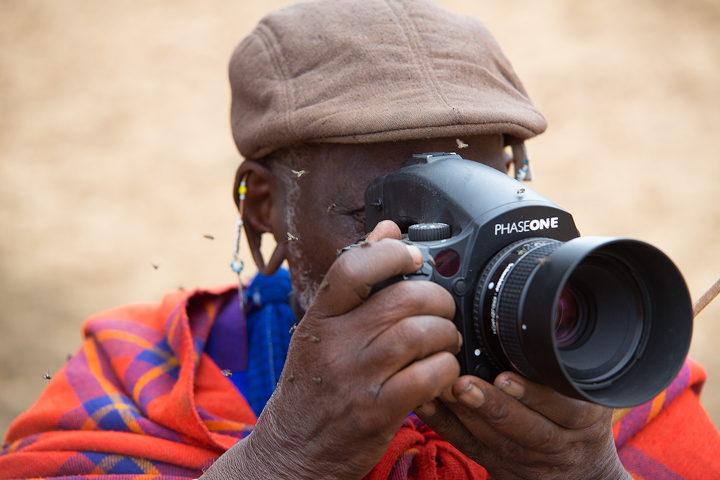
Specs for the IQ260
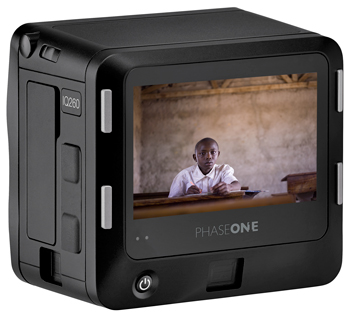
- Lens Factor: 1.0
- CCD Size (mm): 53.9 x 40.4
- Active Pixels: 8984 x 6732
- Resolution: 60 Megapixels
- Light Sensitivity (ISO): 50 – 800 (up to ISO 3200 with Sensor+)
- Exposure time: 1/10000s – 60 minutes
- Dynamic Range: 13 stops
- Color Depth: 16-bit per channel
- LCD Screen: 3.2″ Touch screen
- Wifi Capability: Yes
- Price: $36,990 MSRP
My Gear Setup
For those of you that are not aware, the Phase One camera system is actually made up of three integral parts: The camera body, the digital back and the lens. This system allows users to subjectively upgrade their systems without purchasing an entire digital medium format camera outright every time a new one comes out. For my time in Tanzania, I used the 645DF+ camera body, the IQ260 60mp digital back and a variety of lenses.
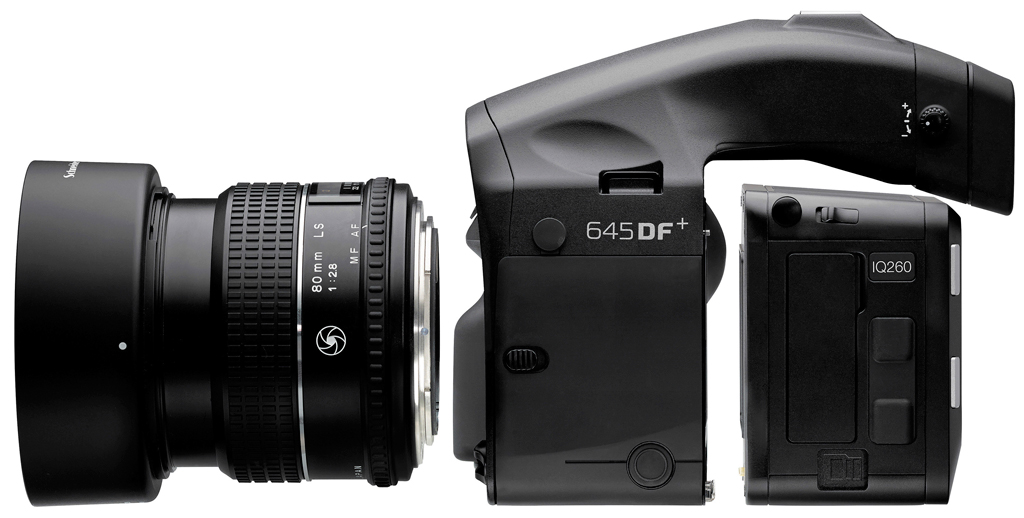
With the incredibly high resolution of the Phase One system, I preferred to use fixed prime lenses with my setup. While this choice limited my versatility in adapting to changing environments, it ensured that I captured the sharpest images possible. 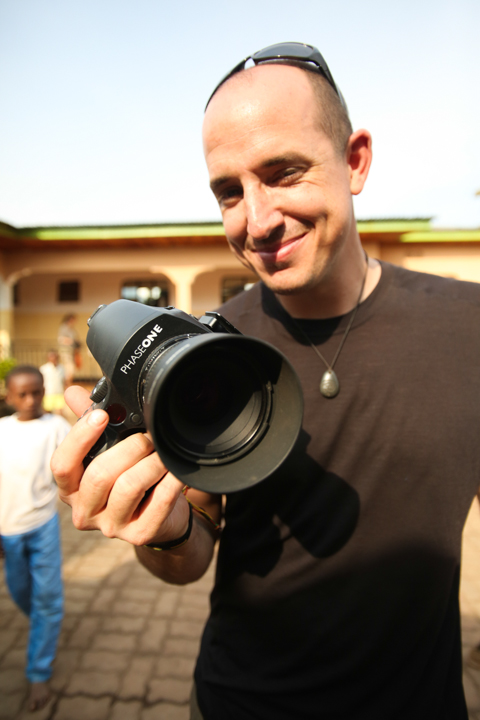 My lenses of choice throughout my month in Tanzania were the following: Phase One AF 35mm f/3.5 (equivalent to 21mm on a FF camera) and the Phase One 80mm f/2.8 (equivalent to 50mm on a FF camera). Because of the size of the sensor in this medium format digital camera, the mm length of the lenses end up being shorter when compared to a standard Full Frame digital camera. For example, the 35mm Phase One lens I used is actually closer to a 21mm lens on a FF camera. It was for this reason that I feel in love with the 80mm f/2.8 Phase One lens. With an equivalent mm length of 50mm on a FF camera (which I am used to), it more accurately reflects a photo journalistic optical style, plus it didn’t hurt that this lens was insanely sharp!
My lenses of choice throughout my month in Tanzania were the following: Phase One AF 35mm f/3.5 (equivalent to 21mm on a FF camera) and the Phase One 80mm f/2.8 (equivalent to 50mm on a FF camera). Because of the size of the sensor in this medium format digital camera, the mm length of the lenses end up being shorter when compared to a standard Full Frame digital camera. For example, the 35mm Phase One lens I used is actually closer to a 21mm lens on a FF camera. It was for this reason that I feel in love with the 80mm f/2.8 Phase One lens. With an equivalent mm length of 50mm on a FF camera (which I am used to), it more accurately reflects a photo journalistic optical style, plus it didn’t hurt that this lens was insanely sharp!
While the Phase One digital medium format cameras are generally known for their use in product and high fashion photography, I was as far away from a studio with controlled variables as I could imagine. I was working in remote regions of Tanzania at times, full of dust, dirt and other unmentionable elements quite often. Top top things off, I generally prefer to use ambient light over flashes and the humanitarian/photo journalistic style of shooting is not conducive to using a tripod or even a monopod to help keep your camera stable in low light situations because you often have nano seconds to capture that one candid moment that has the potential to truly impact a viewer. All of this allowed me to truly push the IQ260 Phase One system to its limits and challenge myself as a photographer in the process. After all, if you aren’t challenging yourself as a photographer….you aren’t having any fun!
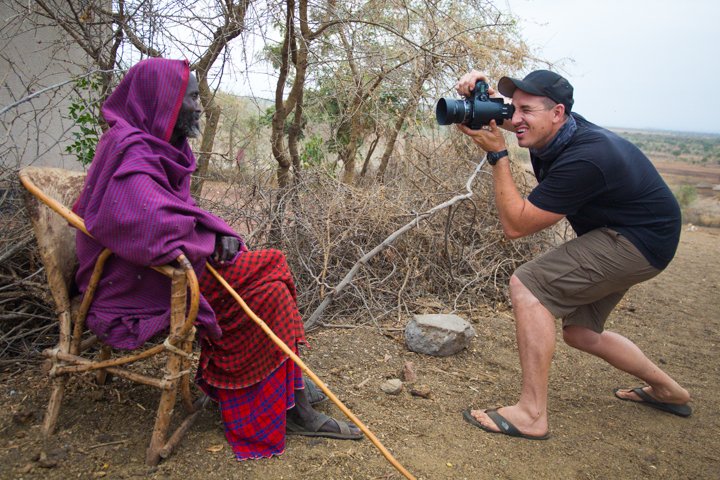
Image Quality
One of the most asked questions when it came to using the Phase One IQ260 (from both workshop participants I brought with me to Tanzania as well as those that follow me on social media) was “How is the Image Quality (IQ)?”. Needless to say, the camera and lenses I used did not disappoint. While working with a high resolution camera is not as easy as people might think (I will talk about that later in the post), I was literally blown away by the IQ I came away with from my time in east Africa.
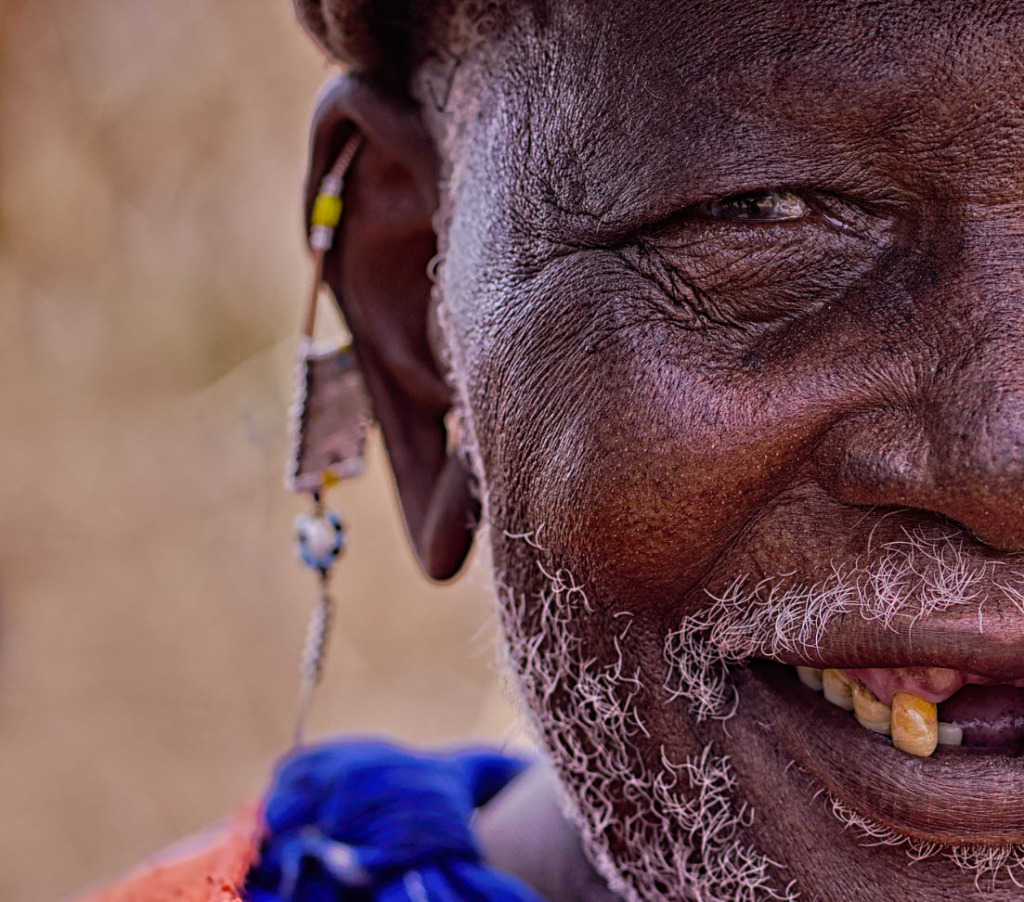
While it is typically difficult to discern a truly exceptional image from a slightly out of focus images with most cameras while out in the field, the 3.2″ touch screen on the back of the IQ260 provided an easy way to make sure I was nailing the shots I was going after. When previewing a photo you just shot, you can simply touch the back screen twice with your finger in the area you want to make sure is sharp. This will instantly take you into a 100% zoom on the area in question, giving you an accurate reading while in the field.
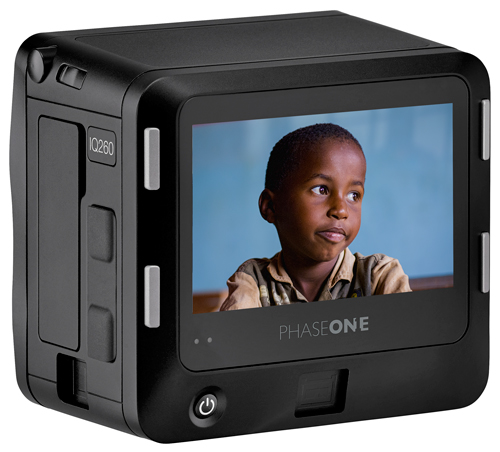
Overall the image quality of the IQ260 was impressive. Even when I was shooting in extremely low light situations with relatively high ISO (for a Phase One), the details preserved in the photos I walked away with left me spoiled for when I use either my Canon 1Dx or 5D Mark III, which are both impressive in their own right…
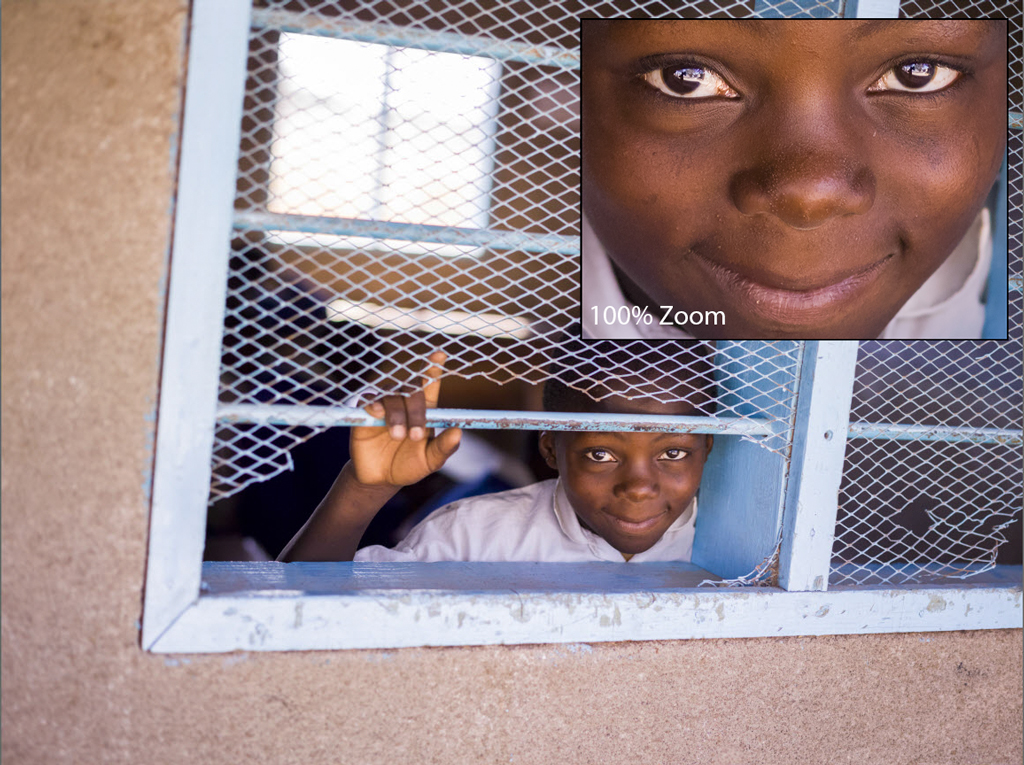
Gallery
If you have stuck through this post this far, I think it is time that you are rewarded with what most of you are probably here for…photography. Here is a small collection of the images I captured with the Phase One IQ260. While most of you might prefer that I release full resolution images for you to comb through and “pixel peep” (fixate on minute details of every pixel), that isn’t going to happen. These images are for clients after all and I must respect the wishes of the NGO’s I have partnered with as well as those I was fortunate enough to document and spend time with while in Tanzania. That being said, each image will have a resolution with a long edge of 1500 pixels. Simply use your mouse to click on any image you wish to blow up larger and a light box should appear to grant you your wish. Enjoy!
*it is important to note that the standard image ratio of the IQ260 is a 4:3 ratio rather than the 3:2 that we are used to with DSLRs. The following images are in 4:3, 3:2 and custom cropped as I saw fit.
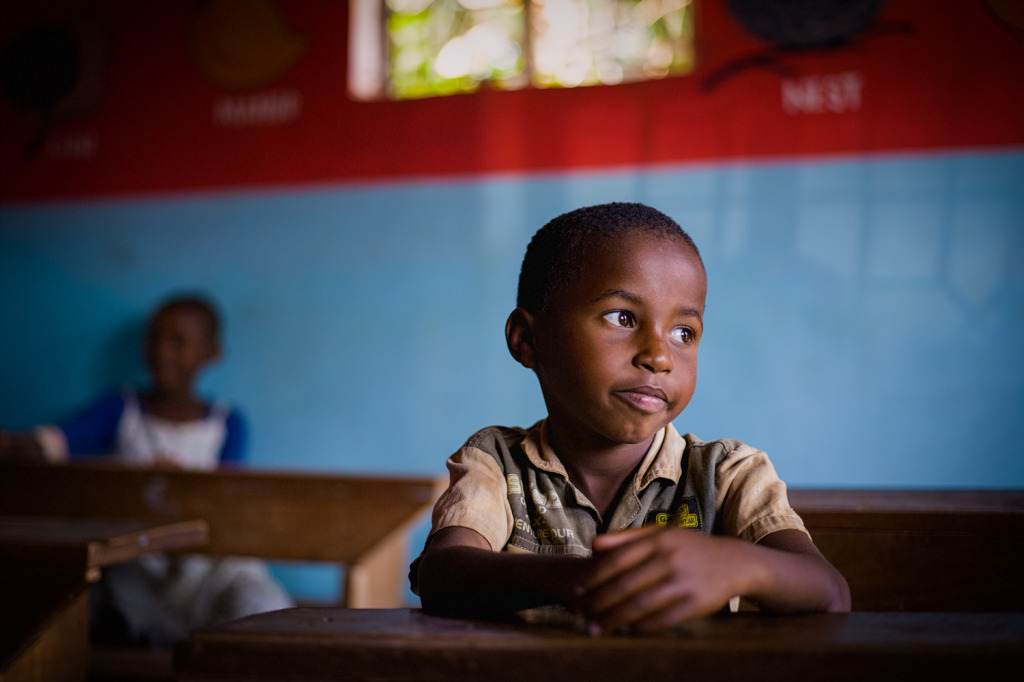
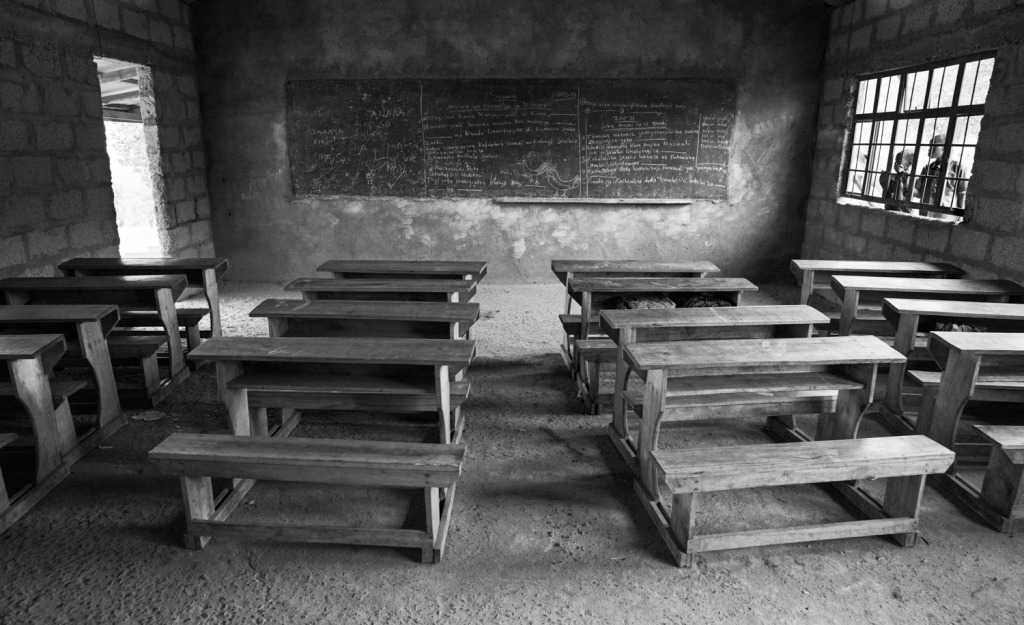
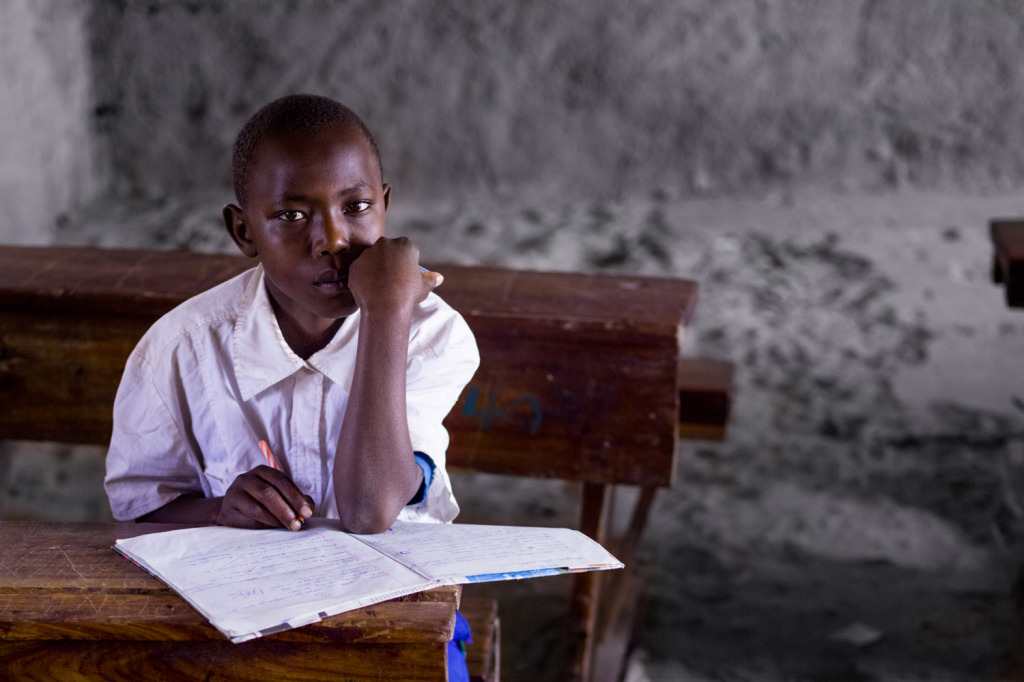
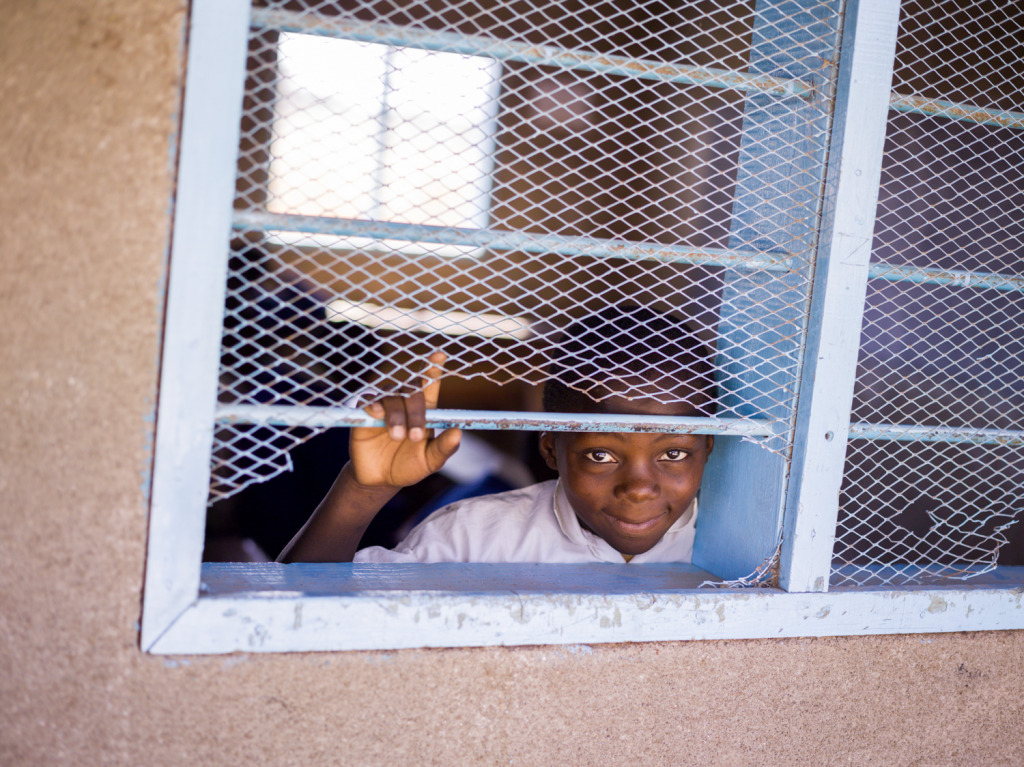
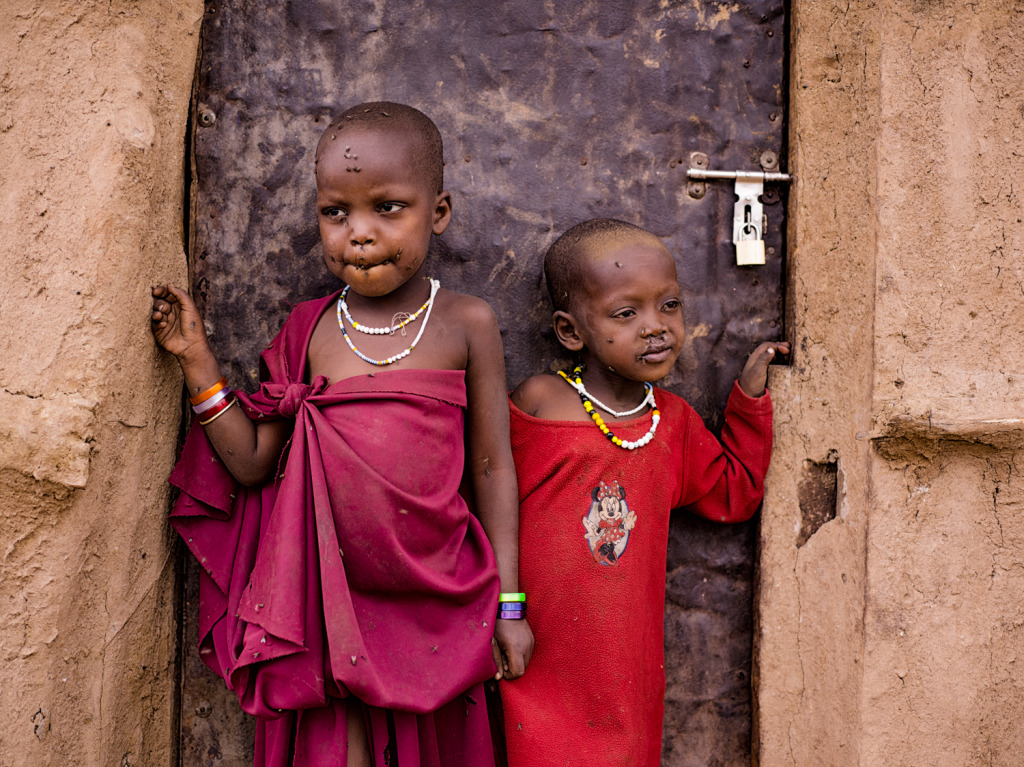
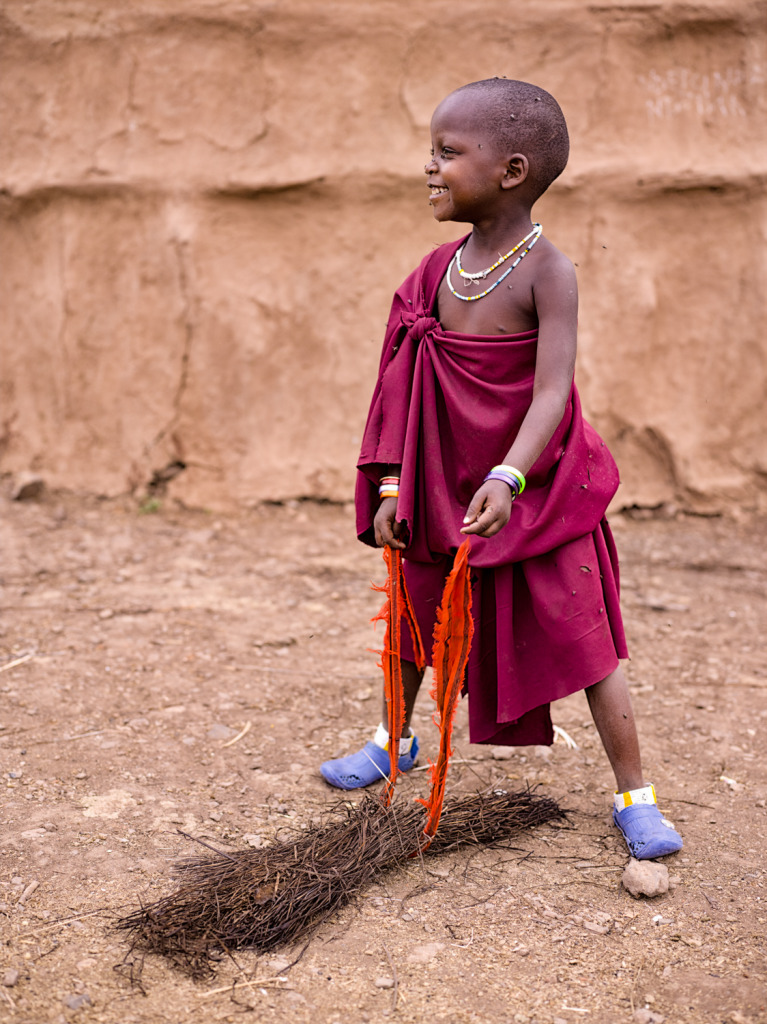
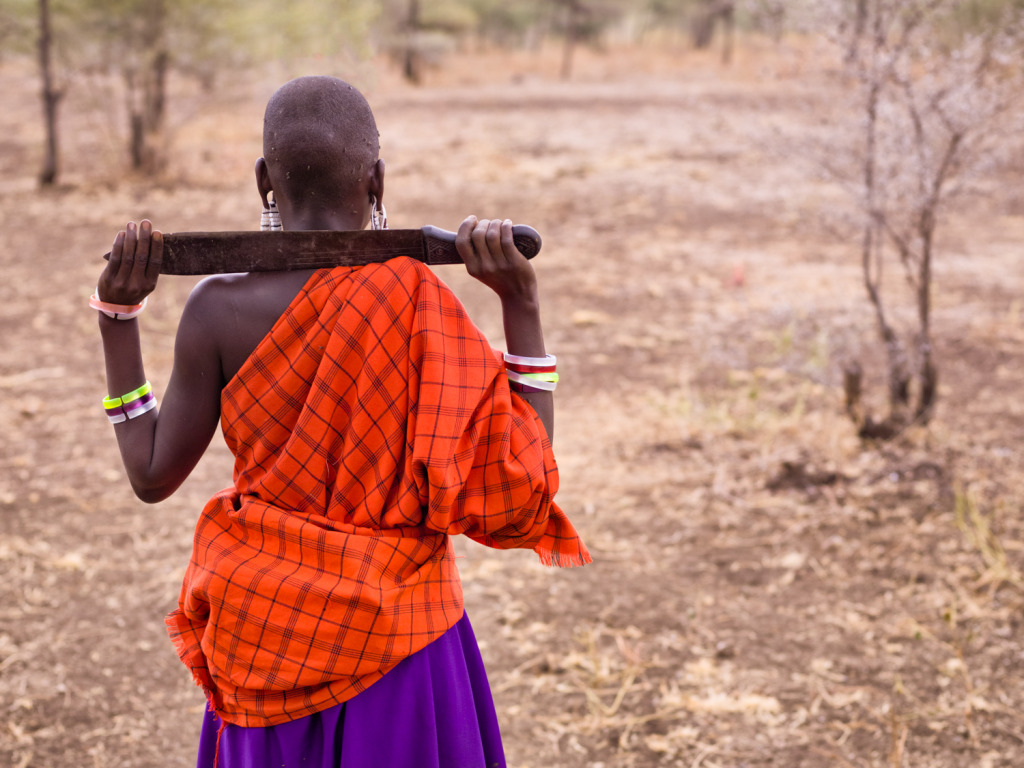
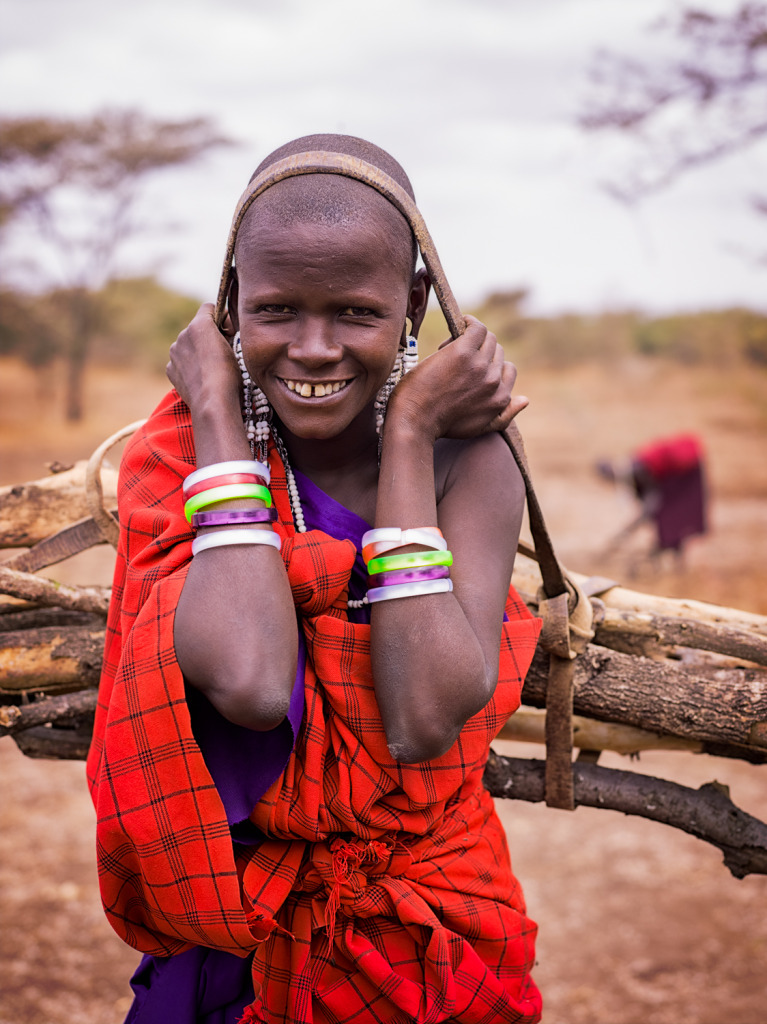
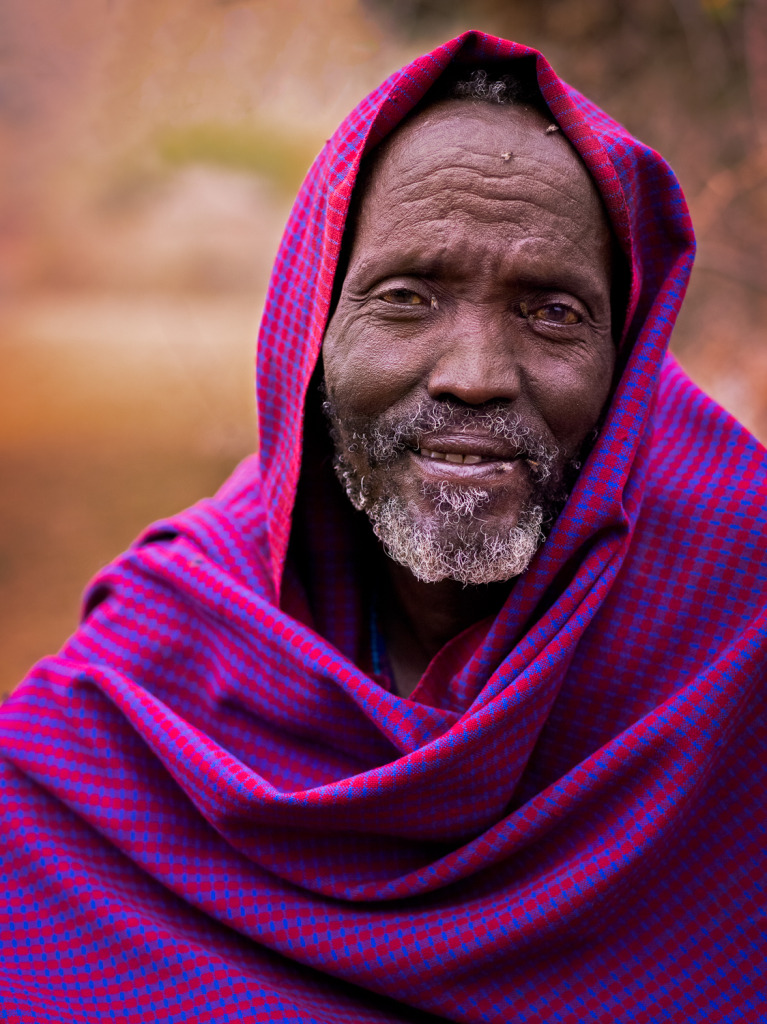
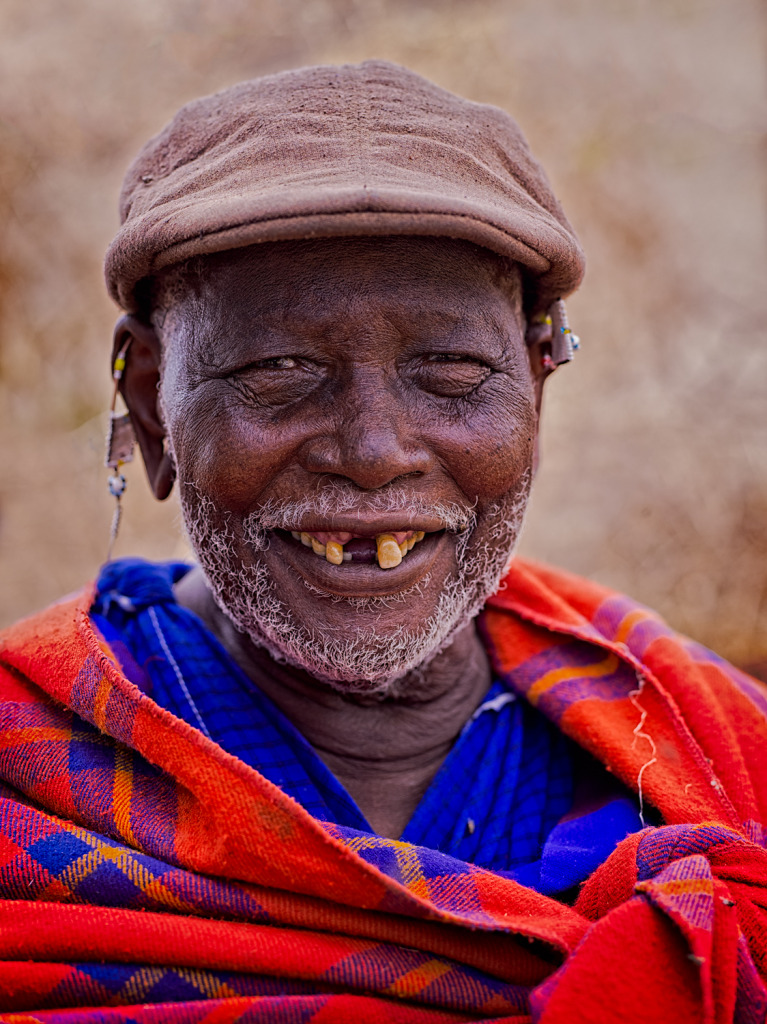
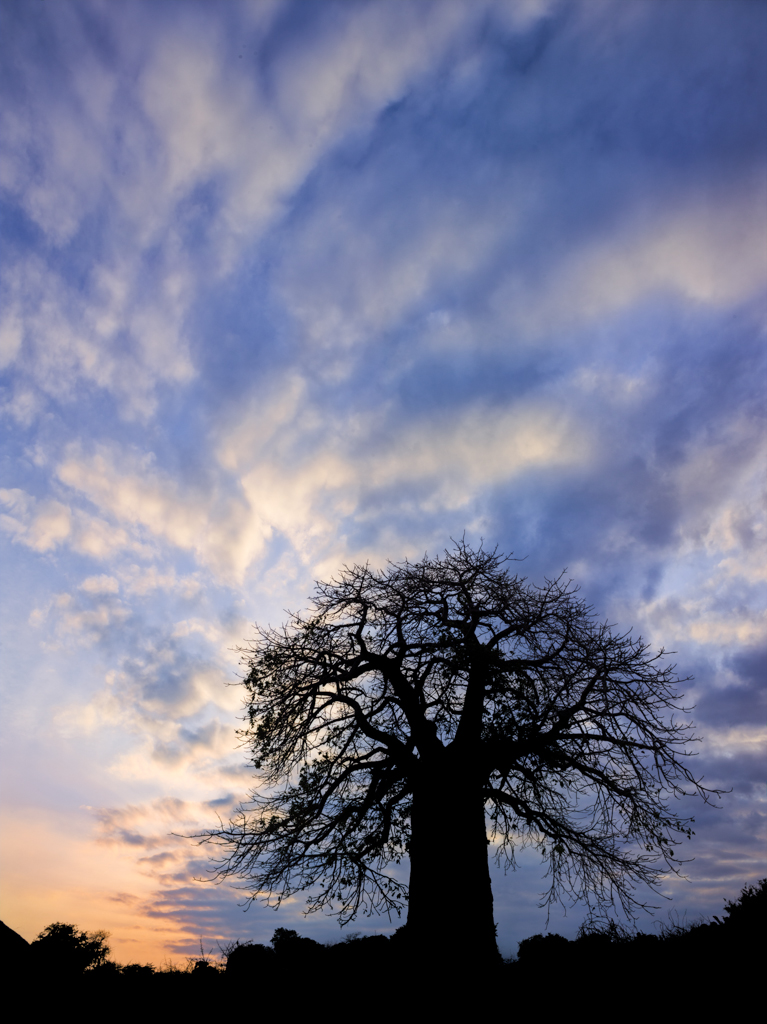
Thoughts and Reflections
As you can see from the images I captured with the Phase One IQ260, there is a lot to love. The dynamic range, unbelievable image quality and high resolution will have me reaching for this camera more than I would of thought. That being said, the IQ260 certainly does have some shortcomings…mostly being that it is not a camera for every situation. Even Phase One will openly admit that shooting in low light conditions is not one of the camera’s strong suits. There were times when I just couldn’t capture what I was seeing because I couldn’t push the Phase One far enough to capture what I had in mind (such as a limited ISO performance of 800). When it came to capturing the images above, I had to use anywhere between ISO 200 – 800 to combat the incredibly shallow depth of field I had to use along with slow shutter speeds to get enough light to reach the sensor, which really began to push the limits of the IQ260. When using such a high resolution camera sensor, you also have to be incredibly meticulous in how you shoot, especially in these challenging environments (controlling your breathing, using the correct stances and finding objects to lean against for support). This isn’t easy or always possible, but you have to do your best. Ultimately it can make the difference between nailing the image and having it be just a touch off. As for post processing these photos, I occasionally had to do some advanced noise reduction and selective sharpening techniques to truly bring the images to life. This mostly has to do with using high ISO’s for the IQ260 that might of caused an image to lose a touch of sharpness (while adding a solid amount of noise).
Now one can easily say that most of these issues could be solved by changing the way I shoot (such as using a flash) or a tripod, but lets be realistic…that isn’t going to happen 🙂 Working in challenging and changing low light environments when it comes to my humanitarian work is where I have the most fun. No matter what gear I use, there are times when I miss “the shot”, especially when I rely solely on ambient light.
All in all, I look forward to working more closely with Phase One when it comes to my humanitarian adventures around the globe. After all, how can you not enjoy getting this kind of response to the images you are capturing of incredible people from around the globe?
